The question sounds simple enough, and in one sense the answer truly is. Yes, you can use your CPF Ordinary Account balances to pay the downpayment for a new HDB flat. You can also use CPF for related costs such as stamp duty and conveyancing. Yet the practical work of buying a Build to Order flat is never just about a yes or no. What matters is how much you can deploy, when each payment is due, what portion must be in cash, and where CPF’s own rules draw the line. Once you see the full sequence, you stop thinking in slogans and start planning like a buyer who intends to collect keys without stress.
Begin with the framework that shapes every other choice. Today the typical buyer faces a maximum loan of up to three quarters of the purchase price or valuation, and that translates to a minimum downpayment of one quarter. This applies whether you finance with an HDB loan or a bank loan. The difference lies in the cash component. If you take an HDB loan and your CPF Ordinary Account has sufficient funds, there is no compulsory cash downpayment aside from the booking option fee. If you take a bank loan, at least five percent of the purchase price must be paid in cash, while the rest of the downpayment can be funded with CPF. These percentages look like small variations, but they decide whether your savings strategy leans more on CPF or requires a larger cash cushion.
Timing is the second pillar. A BTO purchase stretches across years and the downpayment is not paid in a single afternoon. HDB uses a staggered approach that splits the downpayment into two main stages. You first pay an option fee in cash at the point of booking to secure your flat. Months later you sign the Agreement for Lease and pay the first slice of your downpayment. The remaining slice is paid at key collection. The structure is deliberate. It gives households time to build balances, redirect savings into CPF, and manage cash flow. The specific dates and exact amounts are stated in your HDB schedule, which becomes your household’s financial calendar for the next few years.
Buyers often confuse the option fee with the downpayment. They are different in timing and method, but they meet again later. The option fee is paid in cash during booking, then it is treated as part of your overall downpayment when you sign the Agreement for Lease. In practical terms you should treat the fee as a prepaid portion of the twenty five percent requirement. This mindset keeps you from double counting and it reduces last minute surprises when the Agreement for Lease arrives.
Once the structure is clear, the natural question is how much CPF can actually be used. CPF rules are practical if you think in layers. First, your Ordinary Account can be used for the downpayment and for eligible purchase costs. Second, CPF can be used at each downpayment stage, which means you can choose a mix of cash and CPF at the Agreement for Lease and at key collection, subject to the rules that apply to your loan type. Third, if you are using an HDB loan you generally need to use your available OA savings for the purchase before the loan is disbursed, yet there is an important allowance that protects your liquidity.
That allowance is the ability to retain a buffer in your OA when you are taking an HDB loan. Each buyer may keep up to twenty thousand dollars in the OA rather than depleting it fully before the loan is drawn. Many couples choose to retain this buffer. It continues to earn interest and it provides a safety net for instalments during job transitions, parental leave, or other life events. For buyers who choose a bank loan, the retention is a matter of personal choice within the bank’s loan rules, since the bank does not require you to drain the OA completely before your mortgage starts. In either case, thinking about buffers is not a luxury. A BTO journey is long, and a small reserve often prevents a cash crunch at the worst time.
There is a second layer of CPF governance that sits beneath the headline rules, and it links your CPF usage to the valuation and the lease profile of the flat. CPF is structured to support home ownership while safeguarding retirement adequacy. If the remaining lease of the flat can last the youngest owner to at least age ninety five, CPF usage can reach the lower of the purchase price or valuation. If the lease is shorter, the amount of CPF you can use is pro rated. For bank financed properties there is also a withdrawal limit relative to valuation once certain retirement thresholds are met. None of these caps are designed to trip you up, but they do influence the exact mix of cash and CPF you bring to each stage. If you plan early you avoid the situation where you hit a CPF ceiling just as you approach key collection.
Grants deserve a clear explanation because they change the numbers without changing the rules. The Enhanced CPF Housing Grant is credited into your CPF rather than paid out in cash. That means it behaves like an inflow to your OA which you can use to offset the downpayment and reduce your loan, subject to the same CPF usage limits. For first time couples, the grant can be substantial and it can turn a tight downpayment plan into a comfortable one. The healthy way to think about grants is to see them as a reduction in what you need to fund, not as money that creates room for other discretionary spending.
If you plan to pay monthly instalments from CPF, you must also account for the Home Protection Scheme. HPS is a mortgage reducing insurance that protects your household if death, terminal illness, or total permanent disability occurs during the loan term. Premiums can be paid from CPF or cash. Because the instalments will flow from CPF, HPS becomes a condition of that arrangement. It is one more reason to keep an OA buffer. Premiums are not onerous, but they are real, and a stress free purchase is one that anticipates every recurring deduction.
Put the pieces together and a practical strategy emerges. If you are taking an HDB loan and you have sufficient CPF balances, you can fund the entire downpayment with CPF while choosing to retain up to twenty thousand dollars each in OA buffers. If you are taking a bank loan, you will set aside at least five percent in cash for the minimum cash downpayment, then use CPF to complete the remainder of the downpayment, and again build an OA buffer where possible. Grants credited to CPF reduce the amount you need to find, and the staggered schedule spreads the total across two milestones. What looks like a bureaucratic maze is really a calendar of cash flows that you can plot and track.
Consider a simple example that illustrates the workflow. A couple books a BTO flat priced at five hundred thousand dollars. They pay the option fee in cash at booking, then they prepare for the Agreement for Lease. If they choose an HDB loan, their total downpayment is one quarter, which is one hundred and twenty five thousand dollars. Since they can use CPF for the downpayment, they may decide to draw from their OA balances for the Agreement for Lease share, while retaining twenty thousand dollars each as buffers. At key collection they pay the remaining slice of the downpayment, again from CPF, and the option fee counts toward the total. If they choose a bank loan, they prepare a cash portion of at least five percent, which is twenty five thousand dollars, and they use CPF for the remaining twenty percent. In both scenarios, grants credited to CPF reduce the amount they need to supply. The numbers are different for each household, but the flow is the same.
There are a few housekeeping habits that make the process smoother. Treat the option fee as a timing event rather than an extra cost, because it becomes part of your downpayment later. Keep a simple tracker that lists your Agreement for Lease window, your expected key collection window, and the estimated amounts due at each stage. Update this tracker with your current OA balances, your chosen OA retention if you are on an HDB loan, your expected grants, and your projected legal and stamp duty costs. If you are using a bank loan, keep a separate line for the minimum cash downpayment. A two page spreadsheet can remove more anxiety than any single policy announcement.
When people say that CPF is your money, the statement is true, but it is not the full picture. CPF is your money within a system designed to help you buy a home and still retire with dignity. The rules about lease coverage, valuation limits, and withdrawal caps exist to keep those two goals in balance. Once you frame CPF that way, you stop asking how to use as much as possible and start asking how to use just enough. The difference is subtle but powerful. It leads you to keep a modest OA buffer, to model your instalments with and without CPF, and to decide how early you want to rebuild retirement balances after key collection.
The final decision is not whether CPF can be used, but how to use it in a way that protects your short term liquidity and your long term security. If you are on an HDB loan and your OA balance allows it, you can fund the downpayment fully from CPF while keeping a reasonable buffer. If you are on a bank loan, you prepare the mandatory cash portion and lean on CPF for the rest. Either way, you thread the steps through the staggered schedule, you price in HPS if your instalments will come from CPF, and you keep an eye on valuation and lease rules that could cap CPF usage in later stages.
So the answer remains yes, you can use CPF savings for your BTO downpayment. The more important outcome is control. Buyers who map their schedule, align their CPF usage with limits, reserve buffers where allowed, and account for grants and insurance do not scramble at the eleventh hour. They sign with confidence, collect keys on time, and still keep room in their finances for the life that happens after moving day. That is what a simple yes should deliver, not just permission to pay, but a plan that makes home ownership sustainable.



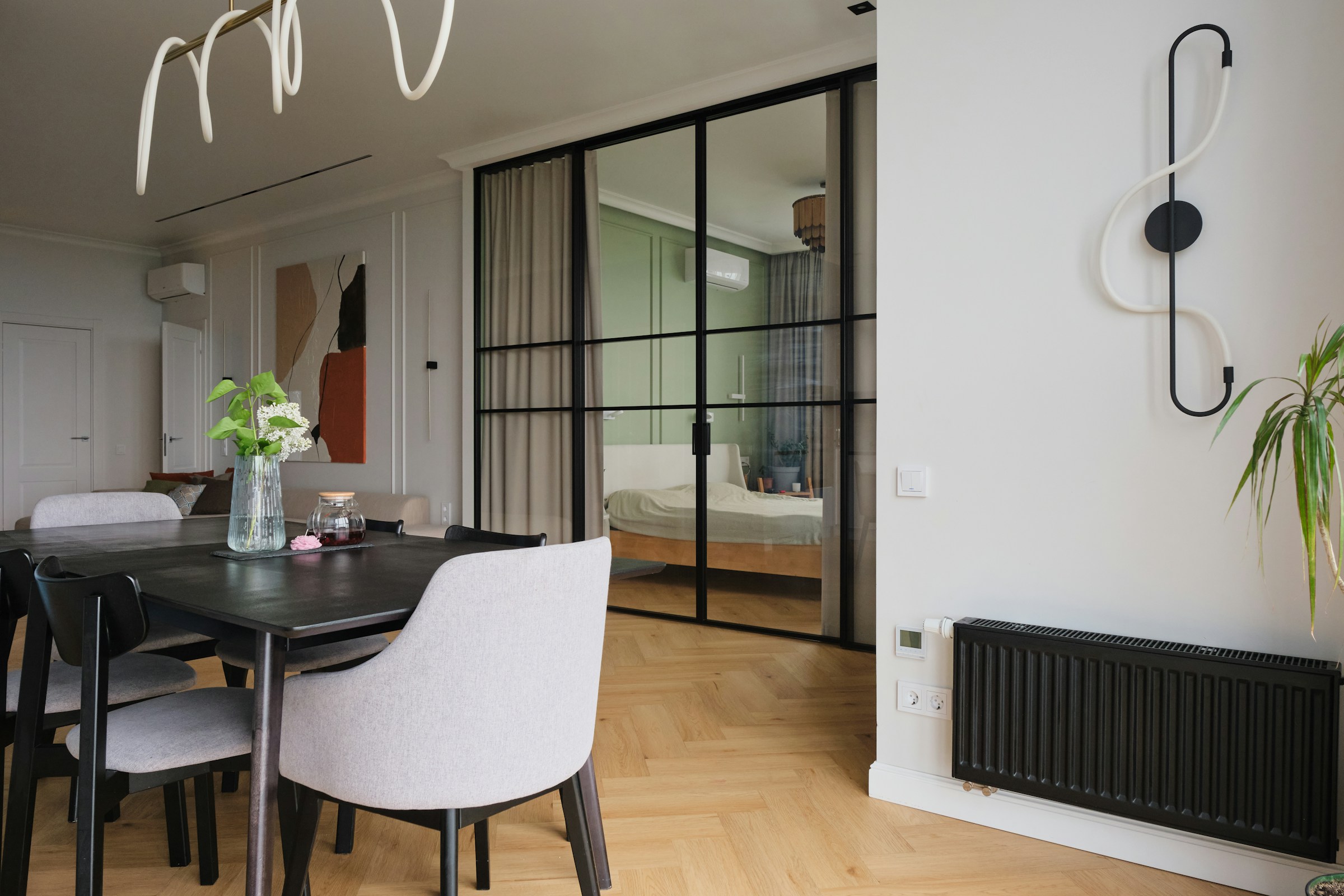
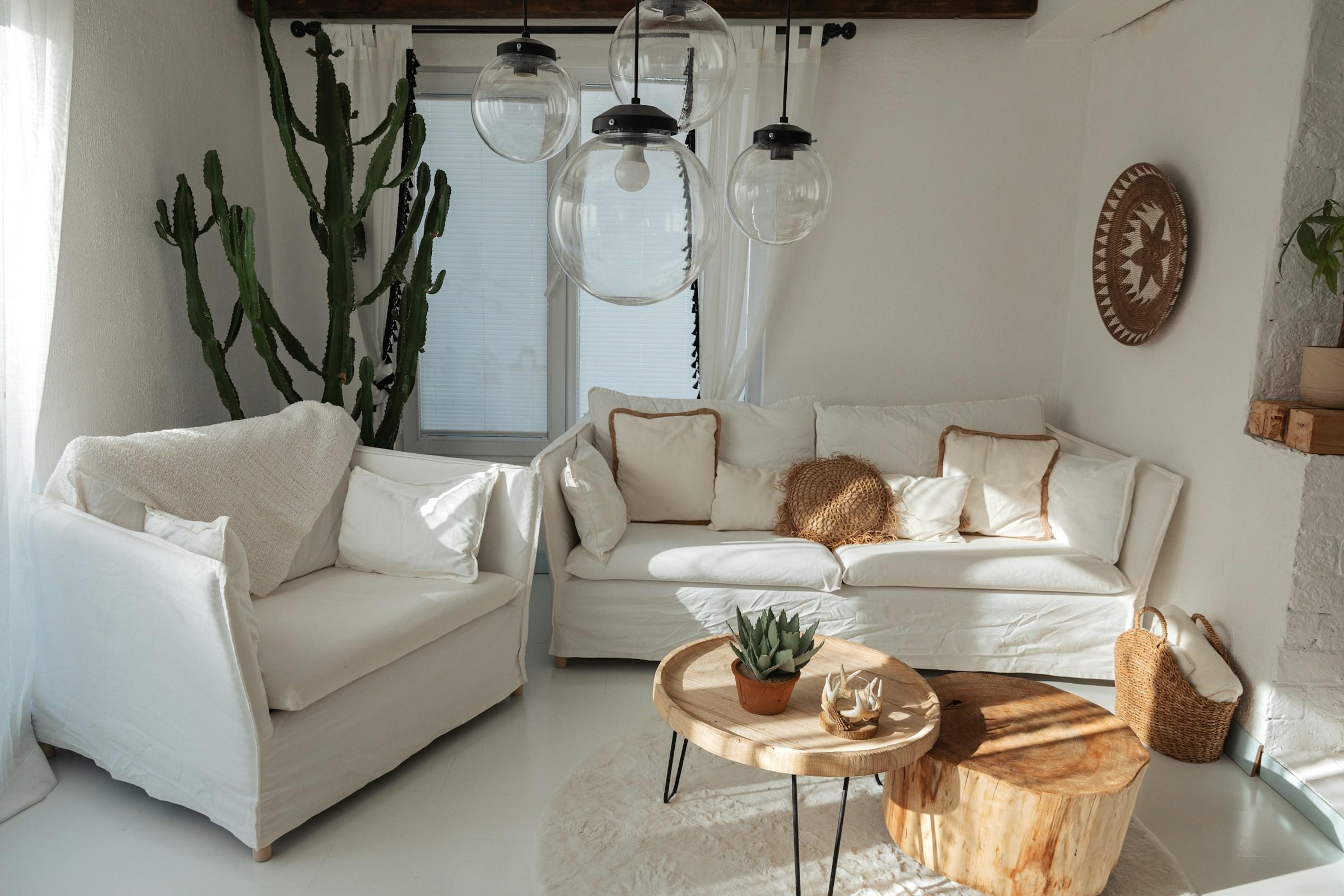

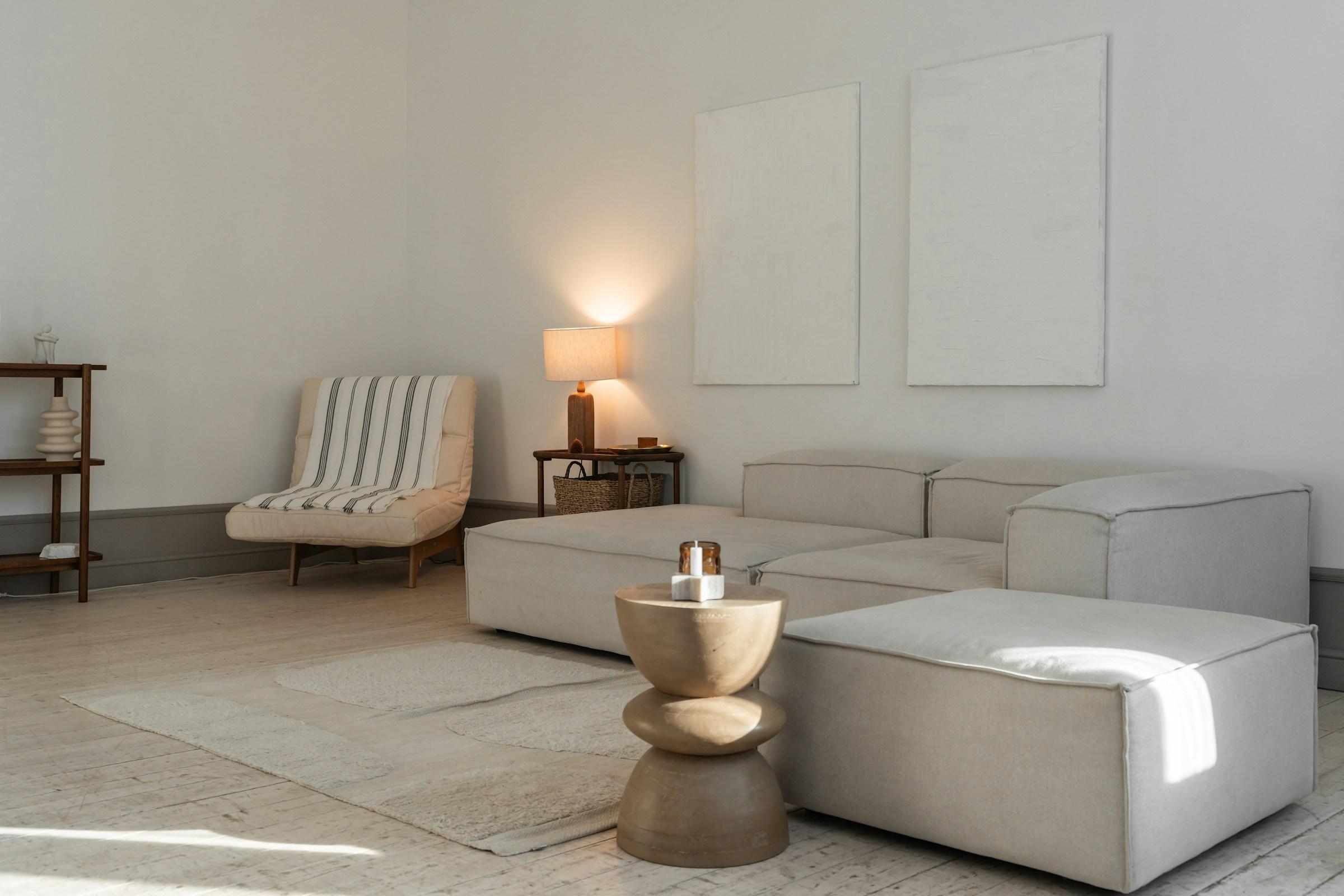
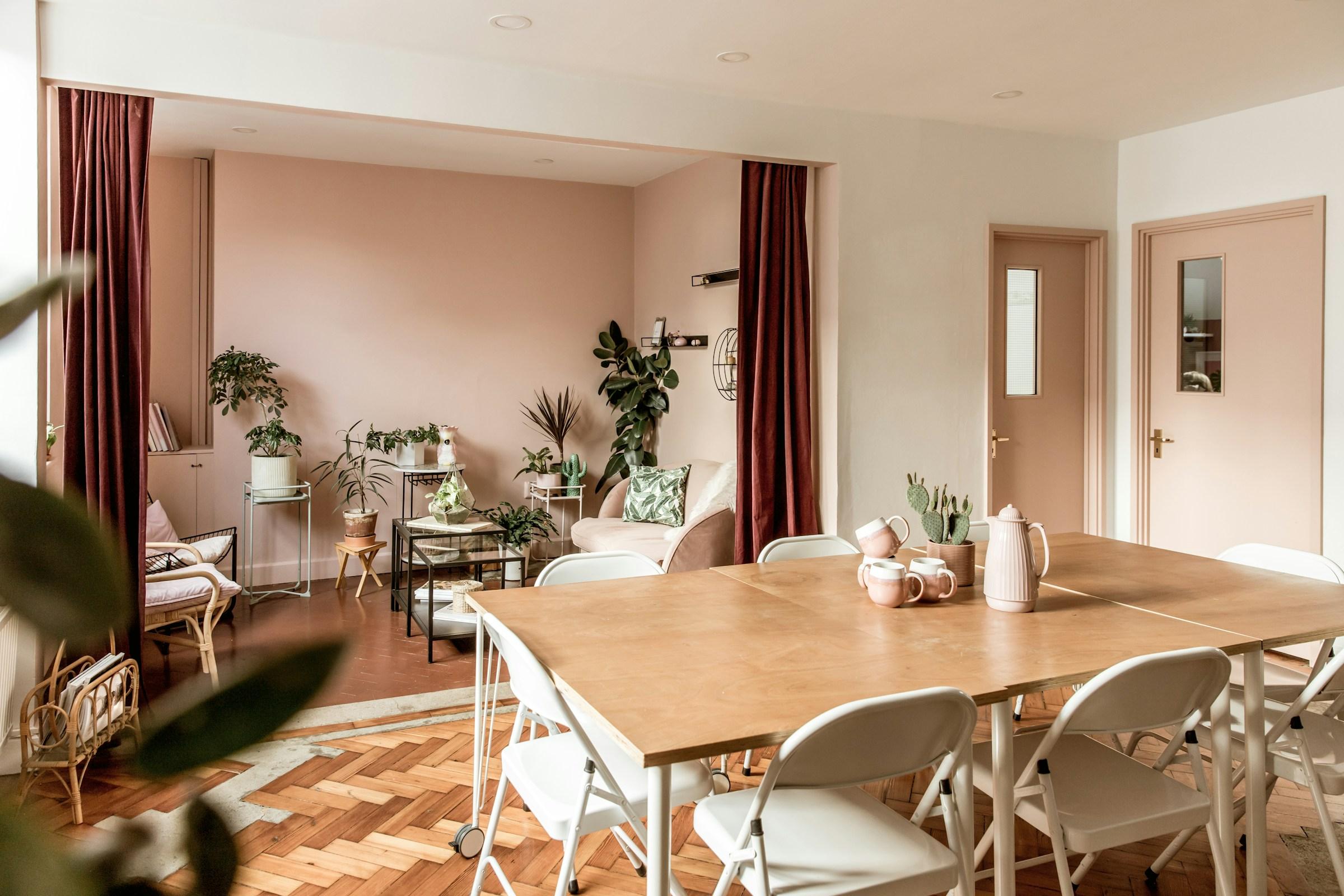
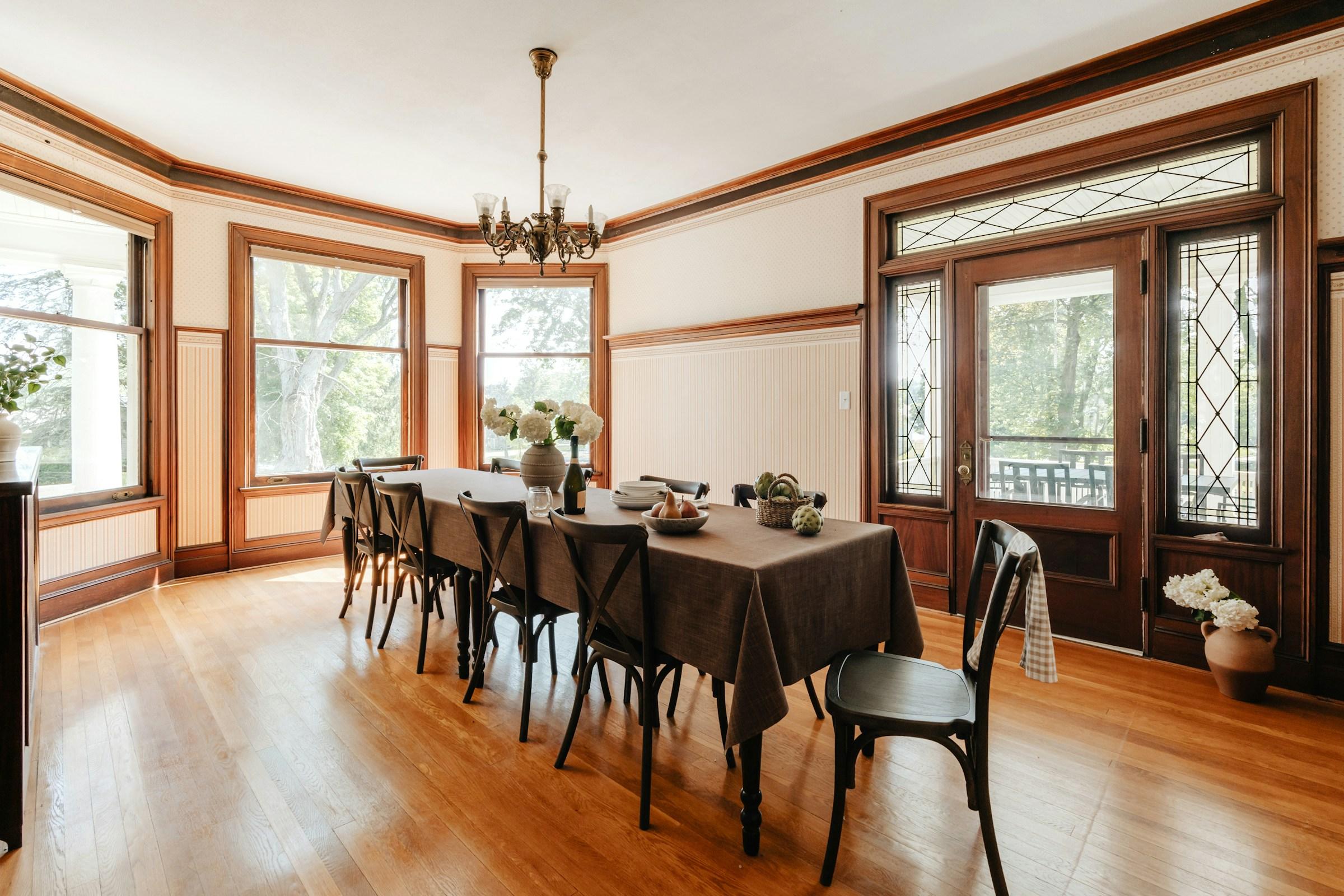
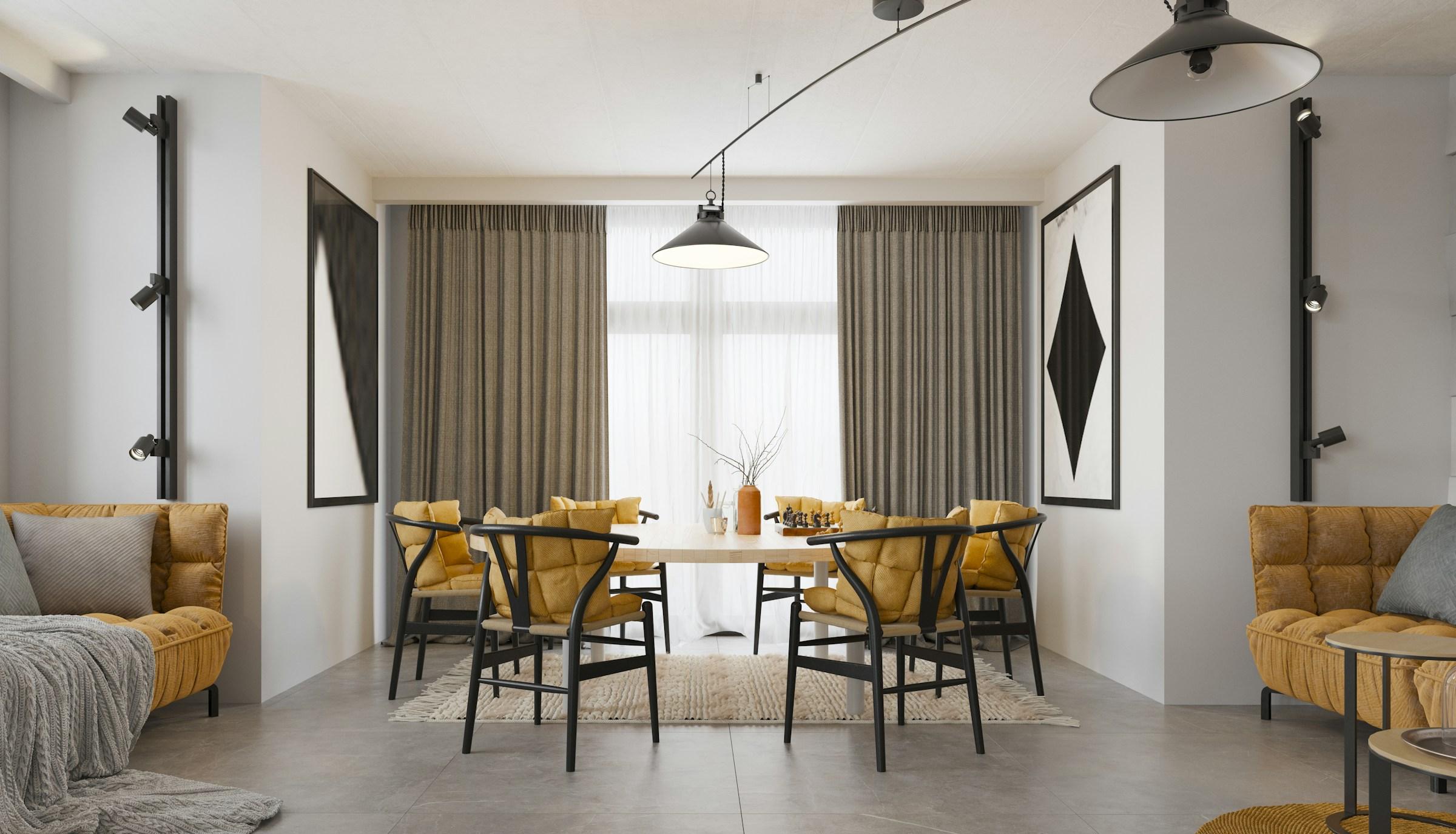
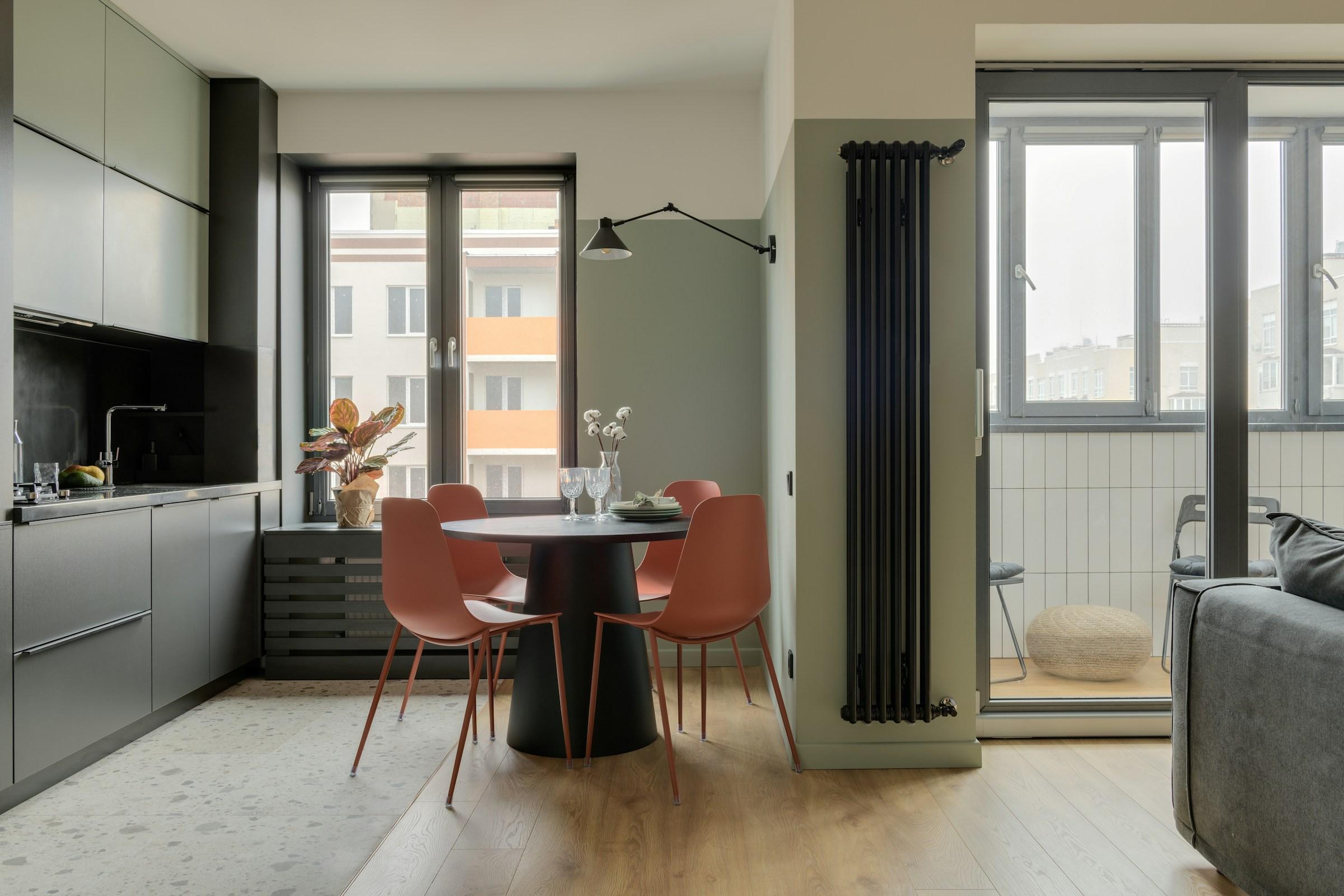
.jpg&w=3840&q=75)


